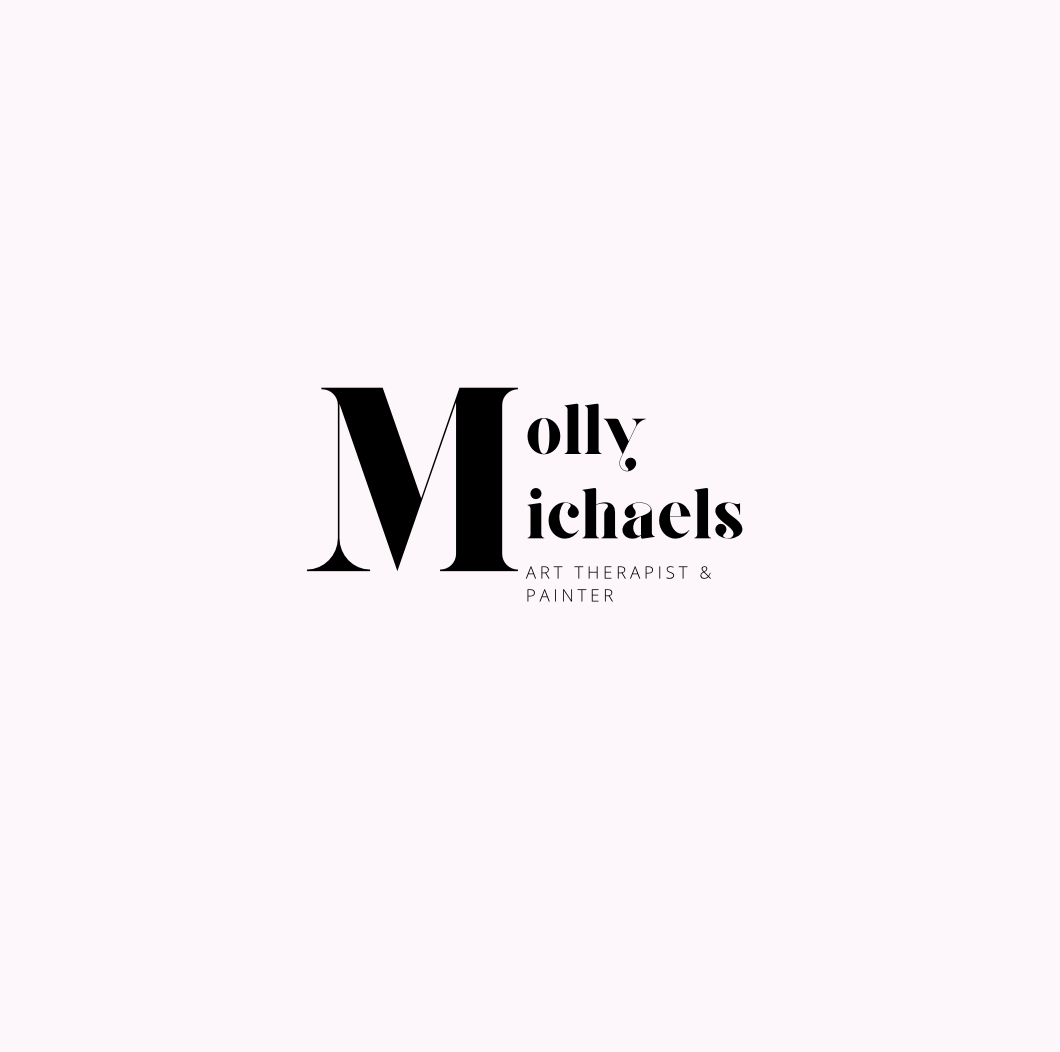How Art Therapy Can Help with Anxiety and Depression
- Molly Michaels

- Oct 26, 2023
- 2 min read
Are you struggling with anxiety or depression? Art therapy may be just what you need! As a young queer art therapist, I have seen firsthand how art can help clients express their emotions and find relief from symptoms. In this blog post, I will discuss the benefits of art therapy for anxiety and depression and provide some tips on how to incorporate art into your mental health self-care routine.
Art therapy is a form of therapy that uses art-making to help individuals process and express their emotions. As a young queer art therapist, I have seen firsthand the positive effects that art therapy can have on individuals struggling with anxiety and depression. Here are just a few ways that art therapy can help:
Provides a safe and non-judgmental space to express emotions: Art therapy allows individuals to express their emotions through a visual medium without having to rely on words. This can be especially helpful for individuals who find it difficult to articulate their feelings.
Helps to identify and cope with negative emotions: Through the art-making process, individuals may discover negative emotions that they were not previously aware of. Art therapy can help individuals identify these emotions and develop healthy coping strategies to manage them.
Promotes mindfulness and relaxation: Engaging in art-making can be a meditative and relaxing experience, promoting mindfulness and reducing stress.
Boosts self-esteem and confidence: Creating art can be a confidence-boosting experience, especially when individuals are able to see their progress and improvement over time.
So, how can you incorporate art into your mental health self-care routine? Here are a few tips:
Start small: You don't have to be an artist to benefit from art therapy. Start with simple art exercises, such as coloring or doodling, and work your way up to more complex projects.
Experiment with different mediums: There are many different art mediums to choose from, including paint, clay, and collage. Try out different mediums to find the ones that work best for you.
Make time for art: Set aside some time each week to engage in art-making. This can be a great way to relax and unwind after a stressful day.
Seek out an art therapist: If you are struggling with anxiety or depression, consider seeking out an art therapist. They can provide you with personalized support and guidance in using art to manage your symptoms.
In conclusion, art therapy can be a powerful tool for managing anxiety and depression. By providing a safe space to express emotions, helping individuals identify and cope with negative emotions, promoting mindfulness and relaxation, and boosting self-esteem and confidence, art therapy can help individuals lead happier and healthier lives. So why not give it a try?







Comments